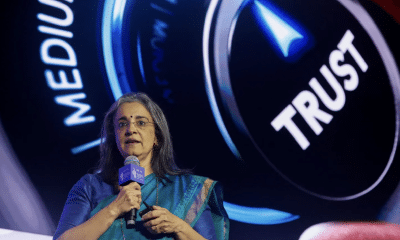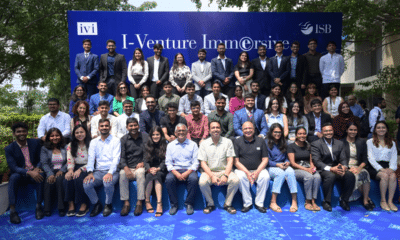News
Supreme Court Advocates for Exclusion of Creamy Layer Among SC/STs to Refine Reservation System
The Supreme Court’s recent judgment to allow states to sub-categorize Scheduled Castes (SC) and Scheduled Tribes (ST) for reservations has ignited a significant debate on the identification and exclusion of the “creamy layer” within these communities. This landmark decision aims to ensure that the benefits of reservation are more equitably distributed among those who are genuinely in need.
Call for Creamy Layer Identification
In the seven-judge bench ruling, four judges—Justice B.R. Gavai, Justice Vikram Nath, Justice Pankaj Mithal, and Justice Satish Chandra Sharma—emphasized the necessity of identifying and excluding the creamy layer within SCs and STs. They argued that the implementation of a system similar to the one used for Other Backward Classes (OBCs) would help ensure that reservations effectively reach the most disadvantaged members of these communities.
Justice Gavai articulated the need for a policy to exclude the creamy layer from affirmative action, stating, “State must evolve a policy to identify the creamy layer among the SC/ST category and take them out of the fold of affirmative action. This is the only way to gain true equality.”
Justice Nath concurred, suggesting that while the criteria for exclusion might differ from those applied to OBCs, the principle remains essential for achieving genuine social justice. Justice Mithal added that reservations should primarily benefit the first generation within these categories, and subsequent generations, if they have achieved substantial socio-economic progress, should not continue to receive these benefits.
Historical Context and Legal Foundation
The Supreme Court’s decision also overturned the 2005 ruling in the EV Chinnaiah v. State of Andhra Pradesh case, which had deemed SC/ST sub-classification contrary to Article 341 of the Constitution. This article grants the President of India the authority to specify the lists of SCs and STs. The majority opinion, led by Chief Justice D.Y. Chandrachud, acknowledged the non-homogeneous nature of these communities and endorsed sub-classification to address intra-community disparities.
The ruling highlighted that historical and social evidence supports the view that SCs and STs are not monolithic groups. The Bench cited examples such as Madhya Pradesh, where only nine out of 25 castes are recognized as Scheduled Castes, to illustrate the varying degrees of backwardness within these communities.
Empirical Data and Judicial Review
The Supreme Court underscored the importance of basing sub-classification decisions on empirical data rather than political motivations. “State can adopt any measures to judge inter se backwardness. If the parameter is untouchability, it is not needed that inter se backwardness is also justified on the basis of that but State has to prove it by empirical and quantifiable data,” the court noted, stressing that such measures must withstand judicial scrutiny.
This decision legitimizes existing sub-classification laws in states like Punjab and Tamil Nadu, ensuring that affirmative action policies are tailored to reflect the nuanced socio-economic landscape of SC and ST communities.
The Supreme Court’s ruling has far-reaching implications for the reservation system in India. By advocating for the exclusion of the creamy layer within SCs and STs, the court aims to create a more targeted and effective reservation policy. This approach seeks to balance the need for affirmative action with the principles of equity and fairness, ensuring that the most marginalized segments of these communities receive the support they need to uplift themselves.
As states begin to implement these guidelines, the focus will be on developing robust criteria and methodologies for identifying the creamy layer within SC and ST populations. This process will require careful consideration of socio-economic indicators and a commitment to data-driven policymaking.
The Supreme Court’s advocacy for excluding the creamy layer among SCs and STs represents a significant step towards refining India’s reservation system. By addressing intra-community disparities and ensuring that benefits reach the most deserving individuals, this ruling has the potential to enhance the effectiveness of affirmative action policies and promote true social justice.









































